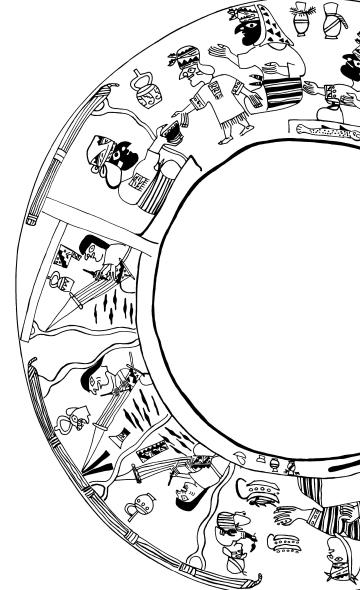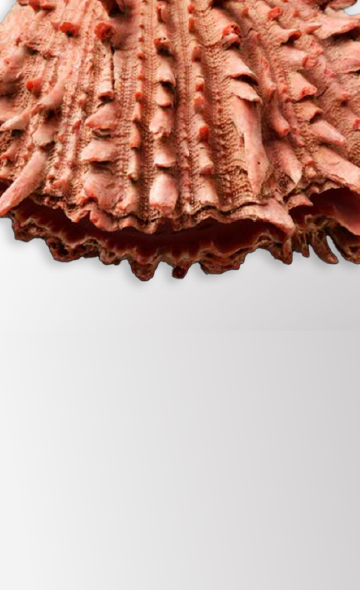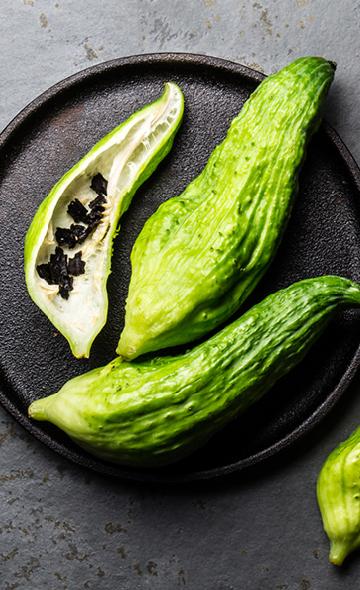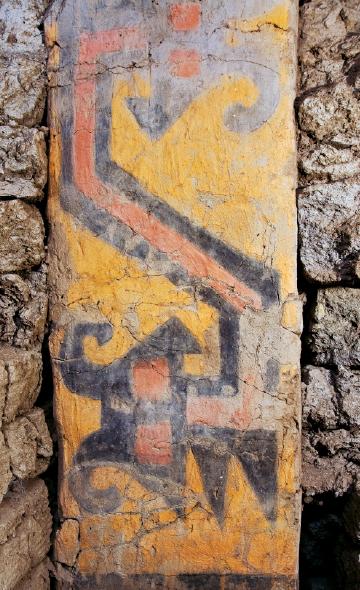- Visitors
- Researchers
- Students
- Community
- Information for the tourist
- Hours and fees
- How to get?
- Visitor Regulations
- Virtual tours
- Classic route
- Mystical route
- Specialized route
- Site museum
- Know the town
- Cultural Spaces
- Cao Museum
- Huaca Cao Viejo
- Huaca Prieta
- Huaca Cortada
- Ceremonial Well
- Walls
- Play at home
- Puzzle
- Trivia
- Memorize
- Crosswords
- Alphabet soup
- Crafts
- Pac-Man Moche
- Workshops and Inventory
- Micro-workshops
- Collections inventory
- News
- Students
- How did the Mochicas dress and what did each garment mean? Learn about traditions and customs in Mochica clothing
News
CategoriesSelect the category you want to see:
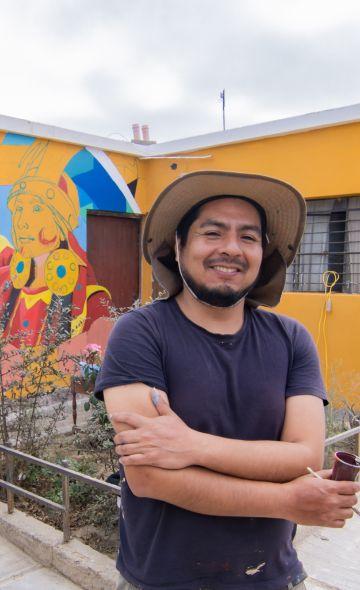
Magdalena de Cao to Once Again Host an International Mural Art Gathering ...
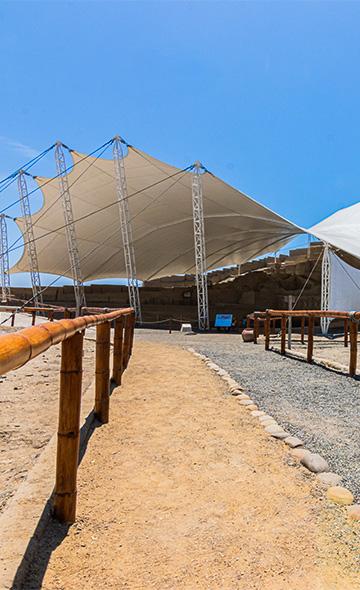
Explore El Brujo Through Virtual Tours: Culture and History at a Click ...
To receive new news.
By: Complejo Arqueológico El Brujo
In the museum at the El Brujo Archaeological Complex, more than 290 archaeological pieces found during excavations at the site are exhibited. However, there are more remains recovered from these campaigns, which are stored, treated, and studied in six storage rooms and two laboratories.
With the intention of sharing part of the material that is not on display, the Wiese Foundation has created the miniseries “El Brujo: Access Allowed”, which in its second season has the objective of showing the traditions and cultural customs of our ancestors through the pieces found at the archaeological site.
As part of the second season of the miniseries, Rubén Buitrón, head of the laboratory at the El Brujo Archaeological Complex, addressed the topic of clothing at El Brujo. For this, the specialist went to Storage Room 3, in which over 5,000 textile pieces from various archaeological excavations over the course of 30 years are housed.
Basic garments of the ancient inhabitants of the El Brujo Archaeological Complex
The ancient inhabitants of the Peruvian North Coast possessed clothing that changed according to the times and social hierarchy, sex, position, and season.
We will now share a list of the types of garments worn by the ancient population that occupied the El Brujo Archaeological Complex.
Loincloth
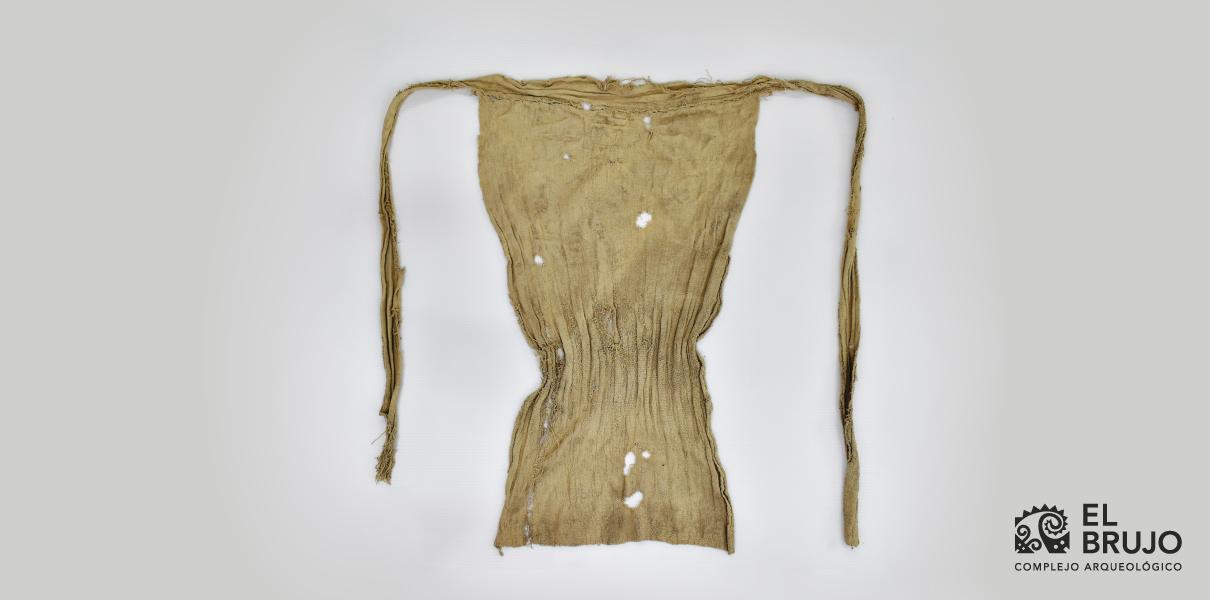
A feature that characterized this garment, which was used as an undergarment, is the presence of pleats in the central part, which was what covered the pubic area. The ends of the garment were attached to the waist of the person by ties or by pressure.
Turban and chinstrap
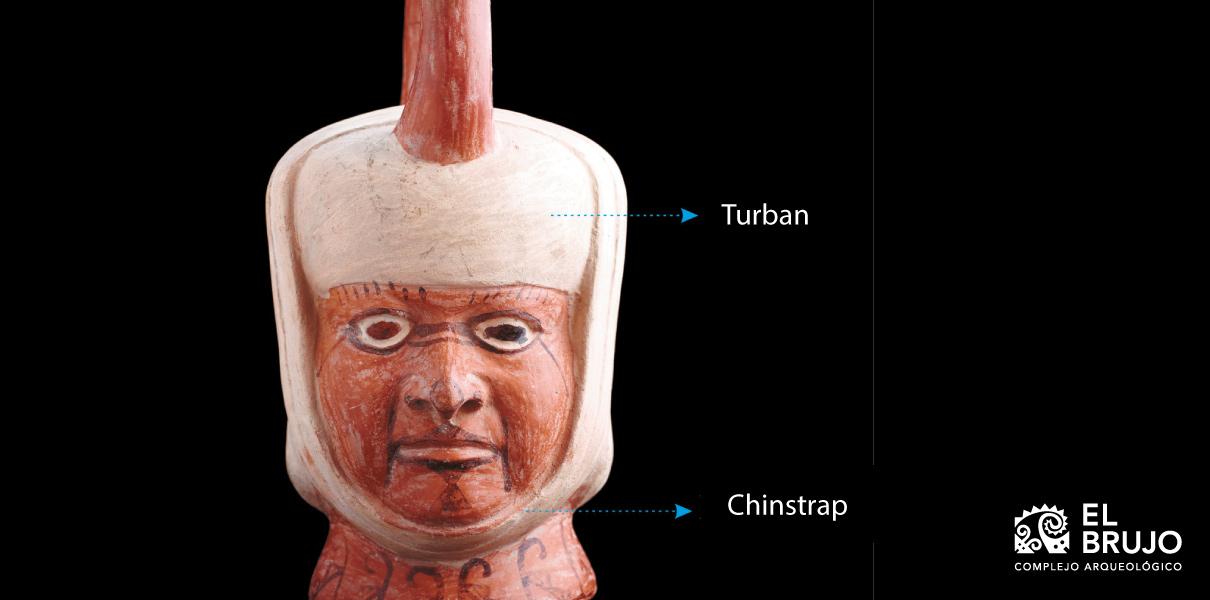
This garment was made from cotton and was used to protect the head from the sun’s rays.
Footwear of the ancient inhabitants of the North Coast
The footwear of the inhabitants could be made from plant fiber, animal skin, or a mix of both. Excavations carried out at El Brujo have uncovered fragments of soles from footwear, sandals and alpargatas.
Unku and anaku
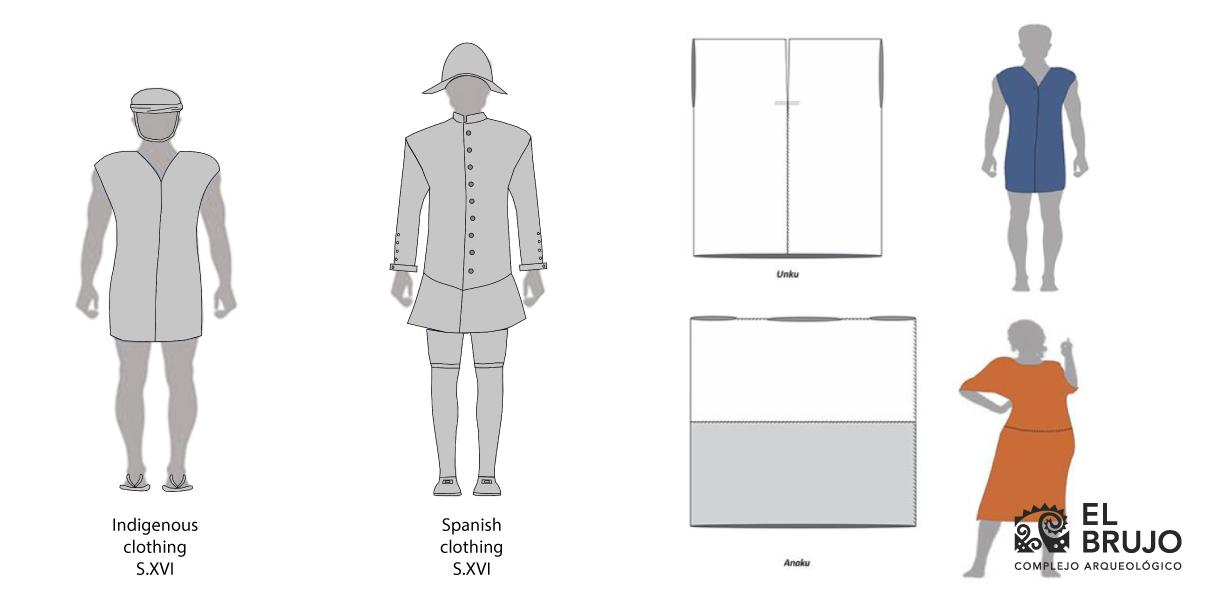
The unku was one of the main garments that covered people’s bodies and could be worn with or without sleeves. It had vertical openings for the arms and neck.
In contrast to the unku, the anaku, which was also a garment for the upper body, had horizonal openings; another difference is that the anaku lacked sleeves.
As part of the funerary goods of the Lady of Cao, four finely made anakus were discovered.
Mantles
4.jpg)
This type of garment had different uses; for example, it was used to cover specific areas of the body, but also for carrying bundles.
Sashes
These garments were used around the abdomen and generally were decorated. Their main objective was to the cinch the clothing to the body.
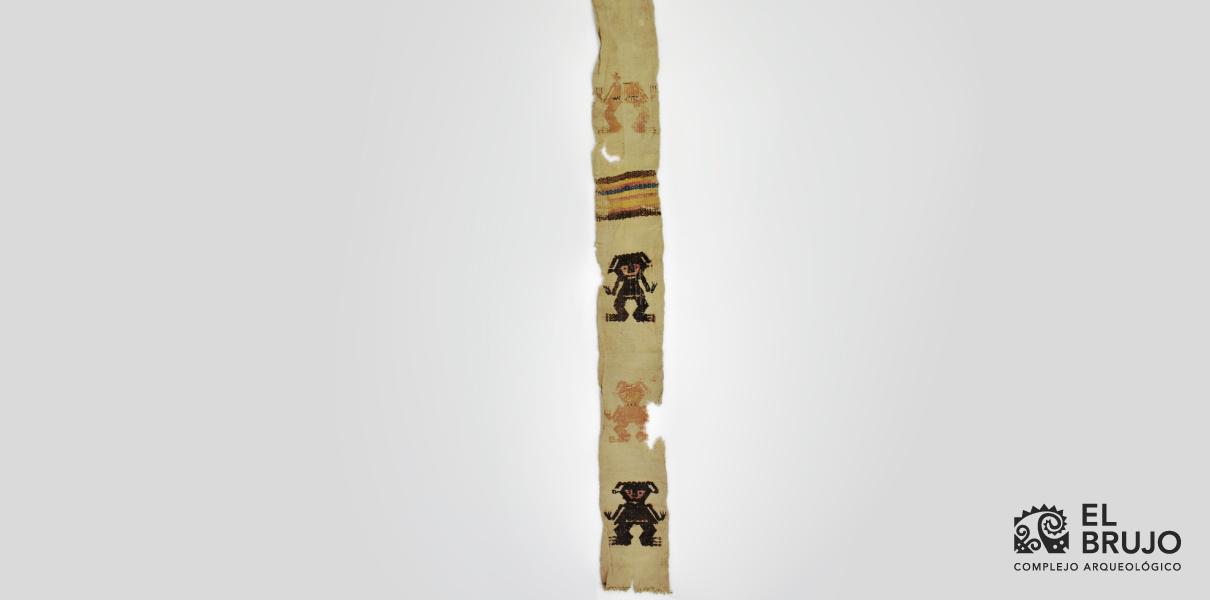
Moche accessories
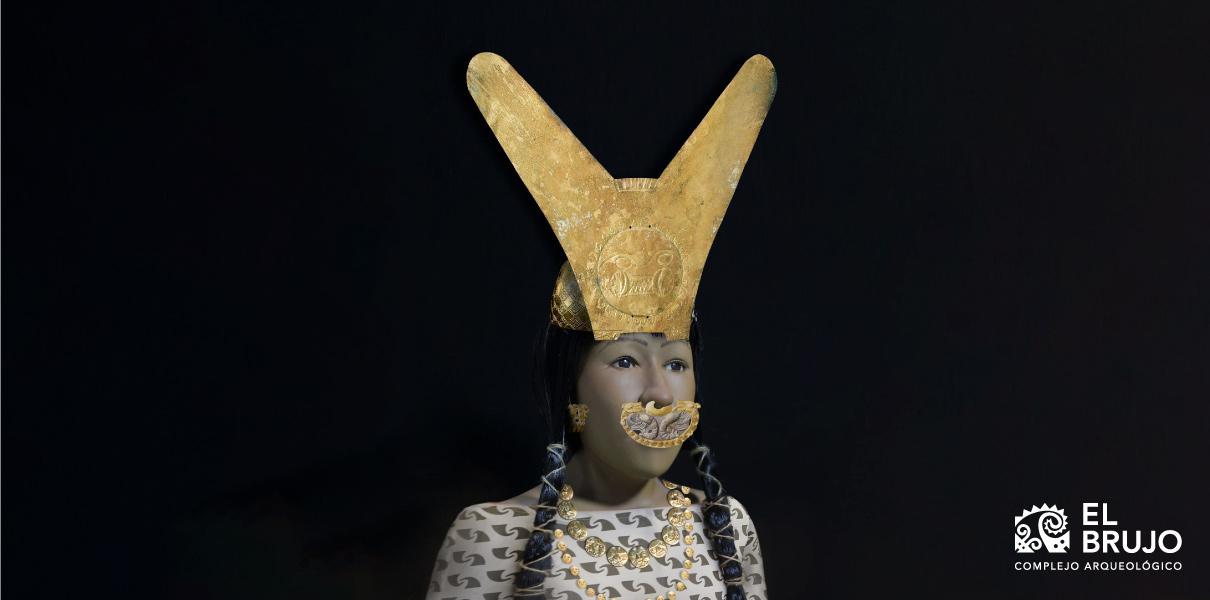
It is important to point out Moche clothing also included accessories, which were attached to the garments or the body of the person and were indicators of their social position.
According to research, the majority of people owned accessories, but what set them apart was the quantity they wore, and their composition. Some of the accessories worn included headdresses, crowns, nose ornaments, earrings, collars, mantles with golden plates, and others.
To see the complete video from this episode, as well as all of Season 2 of “El Brujo: Access Allowed”, we invite you to click on the following link: https://www.elbrujo.pe/estudiantes/acceso-permitido.
Students , outstanding news


